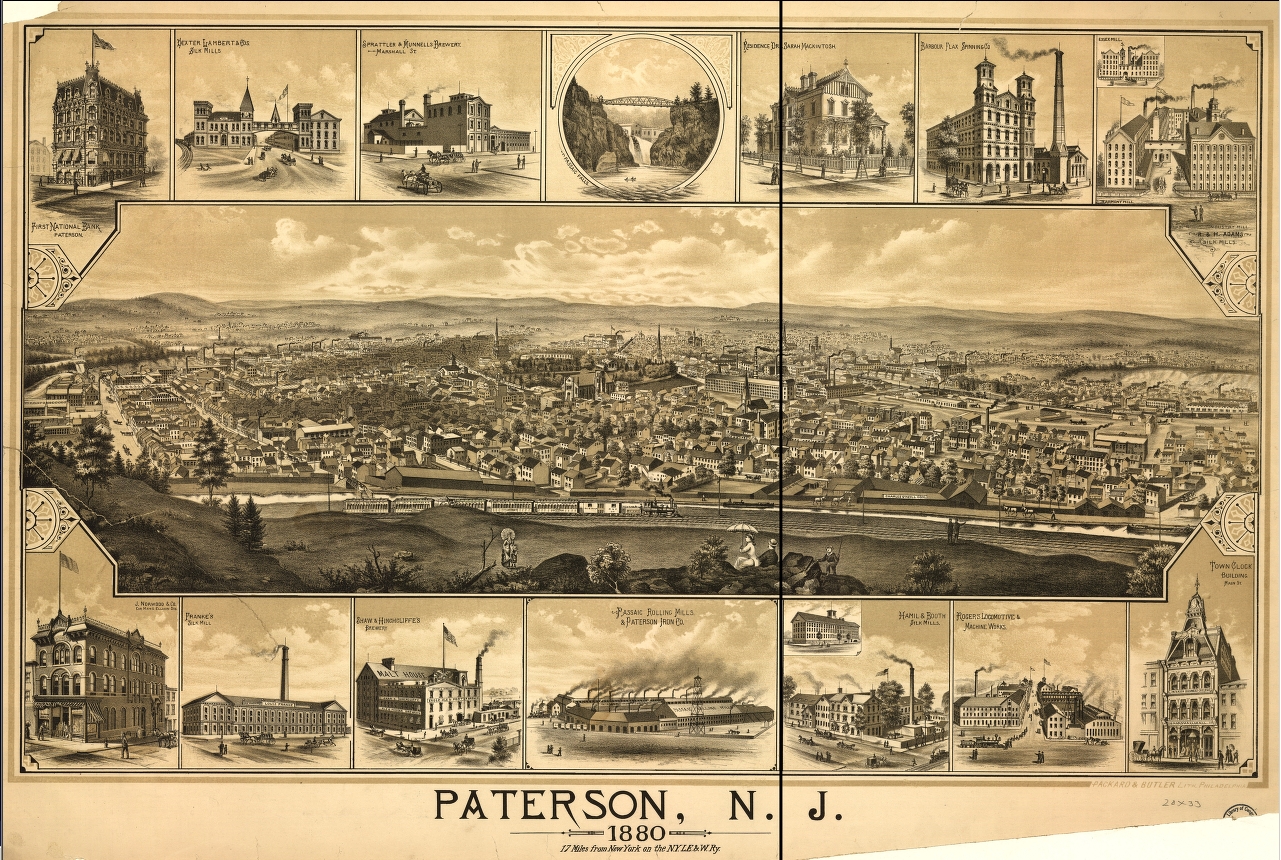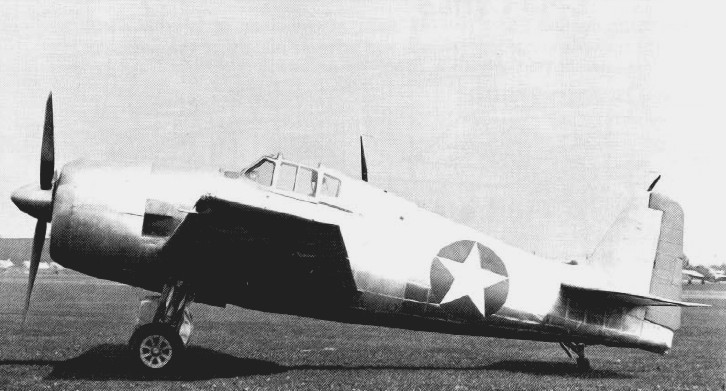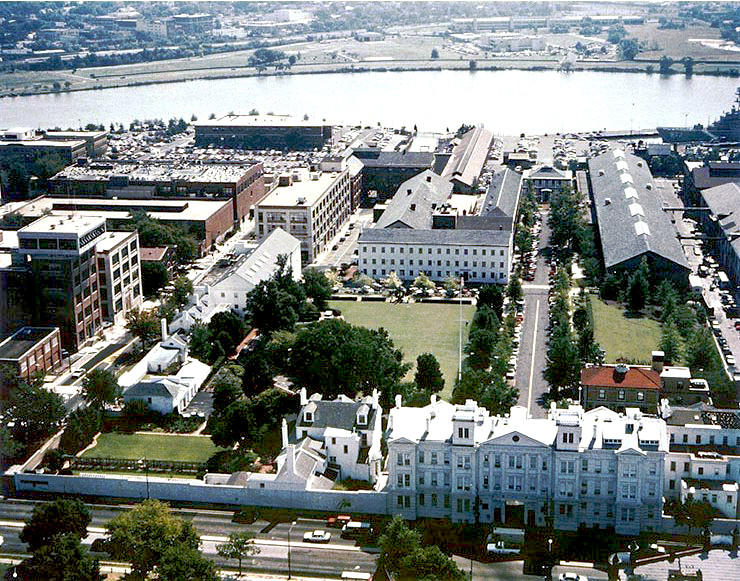|
Wright R-2600
The Wright R-2600 Cyclone 14 (also called Twin Cyclone) is an American radial engine developed by Curtiss-Wright and widely used in aircraft in the 1930s and 1940s. History In 1935, Curtiss-Wright began work on a more powerful version of their successful R-1820 Cyclone 9. The result was the R-2600 Twin Cyclone, with 14 cylinders arranged in two rows. The R-2600-3 was originally intended for the C-46 Commando (being fitted to the prototype CW-20A). It was also the original engine choice for the F6F Hellcat; a running change (one which would not stop production) for the CW-20A, and one in late April 1942 for the second XF6F-1, led to the adoption of the Pratt & Whitney R-2800 Double Wasp in the R-2600's place for both designs. The Twin Cyclone went on to power several important American World War II aircraft, including the A-20 Havoc, B-25 Mitchell, TBF Avenger, SB2C Helldiver, and the PBM Mariner. Over 50,000 R-2600s were built at plants in Paterson, New Jersey, and Cincinn ... [...More Info...] [...Related Items...] OR: [Wikipedia] [Google] [Baidu] |
WikiProject Aircraft
A WikiProject, or Wikiproject, is a Wikimedia movement affinity group for contributors with shared goals. WikiProjects are prevalent within the largest wiki, Wikipedia, and exist to varying degrees within sister projects such as Wiktionary, Wikiquote, Wikidata, and Wikisource. They also exist in different languages, and translation of articles is a form of their collaboration. During the COVID-19 pandemic, CBS News noted the role of Wikipedia's WikiProject Medicine in maintaining the accuracy of articles related to the disease. Another WikiProject that has drawn attention is WikiProject Women Scientists, which was profiled by '' Smithsonian'' for its efforts to improve coverage of women scientists which the profile noted had "helped increase the number of female scientists on Wikipedia from around 1,600 to over 5,000". On Wikipedia Some Wikipedia WikiProjects are substantial enough to engage in cooperative activities with outside organizations relevant to the field at issue. For e ... [...More Info...] [...Related Items...] OR: [Wikipedia] [Google] [Baidu] |
Paterson, New Jersey
Paterson ( ) is the largest City (New Jersey), city in and the county seat of Passaic County, New Jersey, Passaic County, in the U.S. state of New Jersey.New Jersey County Map New Jersey Department of State. Accessed July 10, 2017. As of the 2020 United States census, its population was 159,732, rendering it New Jersey's List of municipalities in New Jersey, third-most-populous city. The United States Census Bureau, Census Bureau's Population Estimates Program calculated that the city's population was 157,794 in 2021, ranking the city as the List of United States cities by population, 163rd-most-populous in the country. Paterson is known as the Silk City for its dominant role in silk production during the latter half of the 19th century.Thoma ... [...More Info...] [...Related Items...] OR: [Wikipedia] [Google] [Baidu] |
Boeing 314 Clipper
The Boeing 314 Clipper was an American long-range flying boat produced by Boeing from 1938 to 1941. One of the largest aircraft of its time, it had the range to cross the Atlantic and Pacific oceans. For its wing, Boeing re-used the design from the earlier XB-15 bomber prototype. Twelve Clippers were built, nine of which served with Pan Am. Design and development Pan American had requested a truly trans-Pacific flying boat with unprecedented range and double the passenger payload of the airline's Martin M-130. Boeing's bid was successful and on July 21, 1936, Pan American signed a contract for six. Boeing engineers adapted the cancelled XB-15's wing, and replaced the Pratt & Whitney Twin Wasp radial engines with the Wright Twin Cyclone. Pan Am ordered six more aircraft with increased engine power and capacity for 77 daytime passengers as the Boeing 314A. The huge flying boat was assembled at Boeing's Plant 1 on the Duwamish River in Seattle, and towed to Elliott Bay ... [...More Info...] [...Related Items...] OR: [Wikipedia] [Google] [Baidu] |
20-09-105-R 2600
The hyphen-minus is the most commonly used type of hyphen, widely used in digital documents. It is the only character that looks like a minus sign or a dash in many character sets such as ASCII or on most keyboards, so it is also used as such. The name "hyphen-minus" derives from the original ASCII standard, where it was called "hyphen(minus)". The character is referred to as a "hyphen", a "minus sign", or a "dash" according to the context where it is being used. Description In early monospaced font typewriters and character encodings, a single key/code was almost always used for hyphen, minus, various dashes, and strikethrough, since they all have a roughly similar appearance. The current Unicode Standard specifies distinct characters for a number of different dashes, an unambiguous minus sign ("Unicode minus") at code point U+2212, and various types of hyphen including the unambiguous "Unicode hyphen" at U+2010 and the hyphen-minus at U+002D. When a hyphen is called for, the ... [...More Info...] [...Related Items...] OR: [Wikipedia] [Google] [Baidu] |
Mounting Motor On A Fairfax B-25 Bomber, At North American Aviation, Inc
Mount is often used as part of the name of specific mountains, e.g. Mount Everest. Mount or Mounts may also refer to: Places * Mount, Cornwall, a village in Warleggan parish, England * Mount, Perranzabuloe, a hamlet in Perranzabuloe parish, Cornwall, England * Mounts, Indiana, a community in Gibson County, Indiana, United States People * Mount (surname) * William L. Mounts (1862–1929), American lawyer and politician Computing and software * Mount (computing), the process of making a file system accessible * Mount (Unix), the utility in Unix-like operating systems which mounts file systems Displays and equipment * Mount, a fixed point for attaching equipment, such as a hardpoint on an airframe * Mounting board, in picture framing * Mount, a hanging scroll for mounting paintings * Mount, to display an item on a heavy backing such as foamcore, e.g.: ** To pin a biological specimen, on a heavy backing in a stretched stable position for ease of dissection or display ** To ... [...More Info...] [...Related Items...] OR: [Wikipedia] [Google] [Baidu] |
B-26 Marauder
The Martin B-26 Marauder is an American twin-engined medium bomber that saw extensive service during World War II. The B-26 was built at two locations: Baltimore, Maryland, and Omaha, Nebraska, by the Glenn L. Martin Company. First used in the Pacific Theater of World War II in early 1942, it was also used in the Mediterranean Theater and in Western Europe. After entering service with the United States Army aviation units, the aircraft quickly received the reputation of a " widowmaker" due to the early models' high accident rate during takeoffs and landings. This was because the Marauder had to be flown at precise airspeeds, particularly on final runway approach or when one engine was out. The unusually high 150 mph (241 km/h) speed on short final runway approach was intimidating to many pilots who were used to much slower approach speeds, and when they slowed to speeds below those stipulated in the manual the aircraft would often stall and crash.Ethell 1995, p. 2 ... [...More Info...] [...Related Items...] OR: [Wikipedia] [Google] [Baidu] |
XB-33
The Martin XB-33 Super Marauder was a proposed World War II American bomber aircraft. It was designed by the Glenn L. Martin Company as the Martin Model 190 and was a high-altitude derivative of the company's B-26 Marauder. Two different designs were developed, first as a twin-engined aircraft and then as a four-engined aircraft. The four-engined version was ordered by the United States Army Air Forces, but the program was cancelled before any aircraft were built. Design and development XB-33 The first version of the B-33 design, the XB-33, was a twin-tailed medium bomber with two Wright R-3350 engines and pressurised crew compartments; its design began in 1940. It would carry around 4,000 lb (1,814 kg) of bombs. Soon after design of the XB-33 began it became clear that a twin-engined aircraft would not achieve the performance requested by the army. The company moved on to developing a larger four-engined design, the XB-33A. XB-33A Following the abandonment of th ... [...More Info...] [...Related Items...] OR: [Wikipedia] [Google] [Baidu] |
R-2800
The Pratt & Whitney R-2800 Double Wasp is an American twin-row, 18-cylinder, air-cooled radial aircraft engine with a displacement of , and is part of the long-lived Wasp family of engines. The R-2800 saw widespread use in many important American aircraft during and after World War II. During the war years, Pratt & Whitney continued to develop new ideas to upgrade the engine, including water injection for takeoff in cargo and passenger planes and to give emergency power in combat. Design and development First run in 1937, near the time that the larger competing 18-cylinder Wright Duplex-Cyclone's development had been started in May of that year, the displacement R-2800 was first-flown by 1940, one year before the Duplex-Cyclone. The Double Wasp was more powerful than the world's only other modern 18-cylinder engine, the Gnome-Rhône 18L of . The Double Wasp was much smaller in displacement than either of the other 18-cylinder designs, and heat dissipation was a grea ... [...More Info...] [...Related Items...] OR: [Wikipedia] [Google] [Baidu] |
Pratt & Whitney
Pratt & Whitney is an American aerospace manufacturer with global service operations. It is a subsidiary of Raytheon Technologies. Pratt & Whitney's aircraft engines are widely used in both civil aviation (especially airlines) and military aviation. Its headquarters are in East Hartford, Connecticut.Contact Us ." Pratt & Whitney. Retrieved on January 7, 2011. "Corporate Headquarters Pratt & Whitney 400 Main Street East Hartford, CT 06108." As one of the "big three" aero-engine manufacturers, it competes with and , although it has also formed joint ventures with both ... [...More Info...] [...Related Items...] OR: [Wikipedia] [Google] [Baidu] |
Grumman F6F
The Grumman F6F Hellcat is an American carrier-based fighter aircraft of World War II. Designed to replace the earlier F4F Wildcat and to counter the Japanese Mitsubishi A6M Zero, it was the United States Navy's dominant fighter in the second half of the Pacific War. In gaining that role, it prevailed over its faster competitor, the Vought F4U Corsair, which initially had problems with visibility and carrier landings. Powered by a Pratt & Whitney R-2800 Double Wasp, the same powerplant used for both the Corsair and the United States Army Air Forces (USAAF) Republic P-47 Thunderbolt fighters, the F6F was an entirely new design, but it still resembled the Wildcat in many ways. Some military observers tagged the Hellcat as the "Wildcat's big brother".Sullivan 1979, p. 4. The F6F made its combat debut in September 1943. It subsequently established itself as a rugged, well-designed carrier fighter, which was able to outperform the A6M Zero and help secure air superiority over the ... [...More Info...] [...Related Items...] OR: [Wikipedia] [Google] [Baidu] |
Grumman
The Grumman Aircraft Engineering Corporation, later Grumman Aerospace Corporation, was a 20th century American producer of military and civilian aircraft. Founded on December 6, 1929, by Leroy Grumman and his business partners, it merged in 1994 with Northrop Corporation to form Northrop Grumman. History Leroy Grumman worked for the Loening Aircraft Engineering Corporation beginning in 1920. In 1929, Keystone Aircraft Corporation bought Loening Aircraft and moved its operations from New York City to Bristol, Pennsylvania. Grumman and three other ex-Loening Aircraft employees,Jordan, Corey C"Grumman's Ascendency: Chapter One." ''Planes and Pilots Of World War 2,'' 2000. Retrieved: July 22, 2011. (Edmund Ward Poor, William Schwendler, and Jake Swirbul) started their own company in an old Cox-Klemin Aircraft Co. factory in Baldwin on Long Island, New York. The company registered as a business on December 6, 1929, and officially opened on January 2, 1930. While maintaining the ... [...More Info...] [...Related Items...] OR: [Wikipedia] [Google] [Baidu] |
Naval History And Heritage Command
The Naval History and Heritage Command, formerly the Naval Historical Center, is an Echelon II command responsible for the preservation, analysis, and dissemination of U.S. naval history and heritage located at the historic Washington Navy Yard. The NHHC is composed of 42 facilities in 13 geographic locations including the Navy Department Library, 10 museums and 1 heritage center, USS ''Constitution'' repair facility and detachment, and historic ship ex-USS ''Nautilus''. Command history The Naval History and Heritage Command traces its lineage to 1800, when President John Adams requested Benjamin Stoddert, the first Secretary of the Navy, prepare a catalog of professional books for use in the Secretary's office. When the British invaded Washington in 1814, this collection, containing the finest works on naval history from America and abroad, was rushed to safety outside the Federal City. After that, the library had many locations, including a specially designed space in the S ... [...More Info...] [...Related Items...] OR: [Wikipedia] [Google] [Baidu] |






